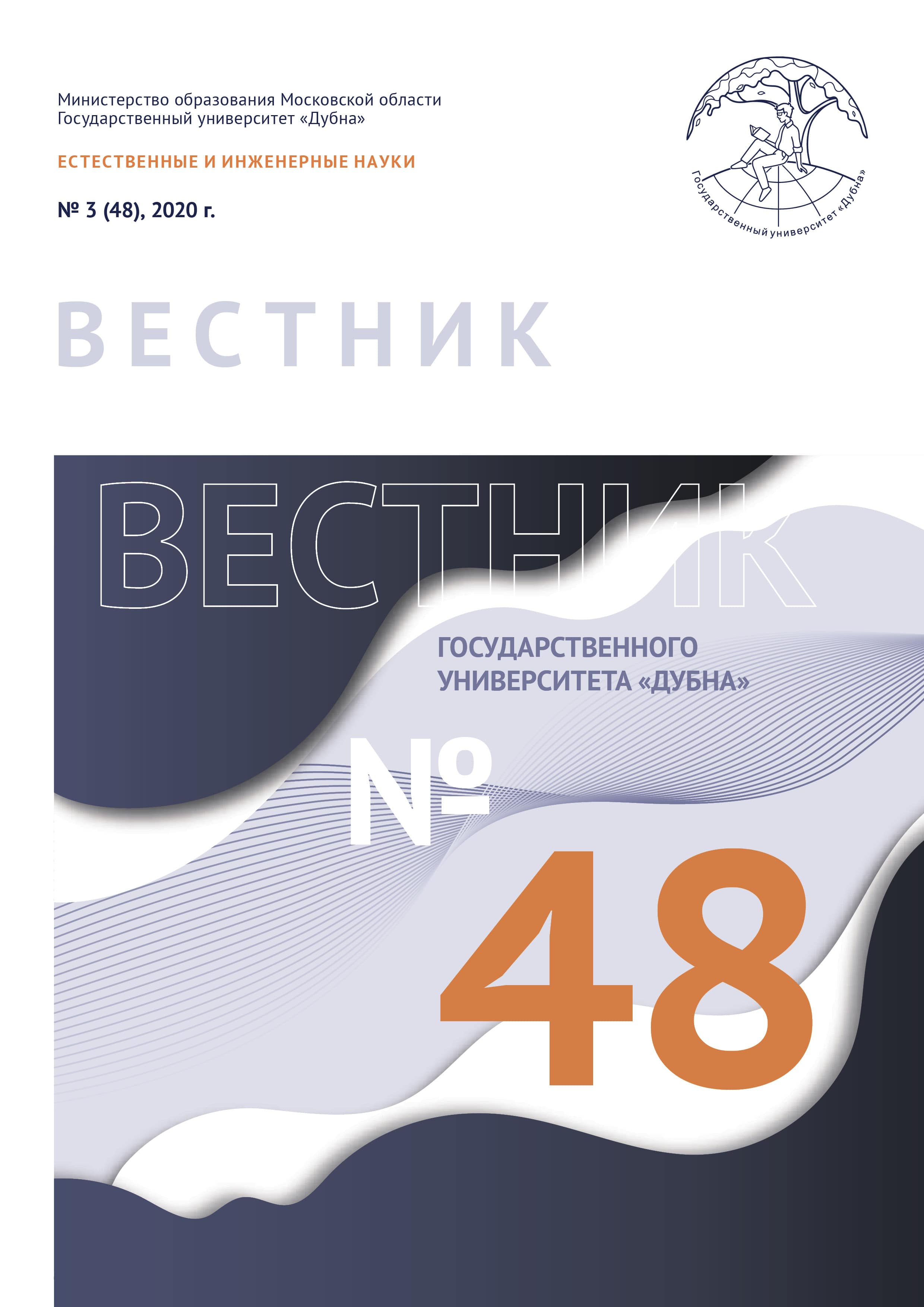Investigation of the behavior of fission fragments of radioactive nuclei when passing through solid-state foils using the Timepix3 detector (experimental design)
Keywords:
triple collinear cluster decay, PIN detectorAbstract
The aim of the project is to investigate a new effect related to the behavior of fission fragments of radioactive nuclei when passing through a solid-state foil. According to previous experiments, it is expected that some of the fragments, as a result of inelastic collision with the foil nuclei, decay into two nuclei, one of which is magic, for example, 128Sn, 132Sn, 144Ba. The project is aimed at detecting all decay products of the fragment using PiN detectors and a Timepix3 hybrid pixel particle detector with the Katherine reader. The Timepix3 detector makes it possible to simultaneously determine the coordinates (x, y) of the detected decay products with a resolution of at least 55 μm, as well as their energy and time of flight. Signals from PIN detectors are recorded using multichannel high-speed digitizers (5 GHz) DT5742.
References
Burian P., Broulim P., Jars M., Georgiev V., Bergmann B. Katherine: ethernet embedded readou
interface for Timepix3 // Journal of Instrumentation. 2017. JINST 12. C11001.
Kamanin D.V., Pyatkov Yu.V., et al. Collinear cluster tri-partition – the brightest observations and their treating // 11th International Conference on Clustering Aspects of Nuclear Structure and Dynamics, Napoli, Italy May 23–27 2016, Journal of Physics: Conference Series 863. 2017. Art. 012045.
Pyatkov Yu.V., Kamanin D.V., et al. First results on observation of new shape isomers // Physics Procedia. 2015. 74. Р. 67.
Strekalovsky A.O., Pyatkov Yu.V., Kamanin D.V. et al. Observation of cluster structure of fission fragments // Journal of Physics: Conference Series. 2019. V. 1390. 012010.
“Timepix3” – Accelerating Innovation. CERN. – URL: https://kt.cern/technologies/timepix3 (режим доступа: свободный. Дата обращения: 02.11.2020).

